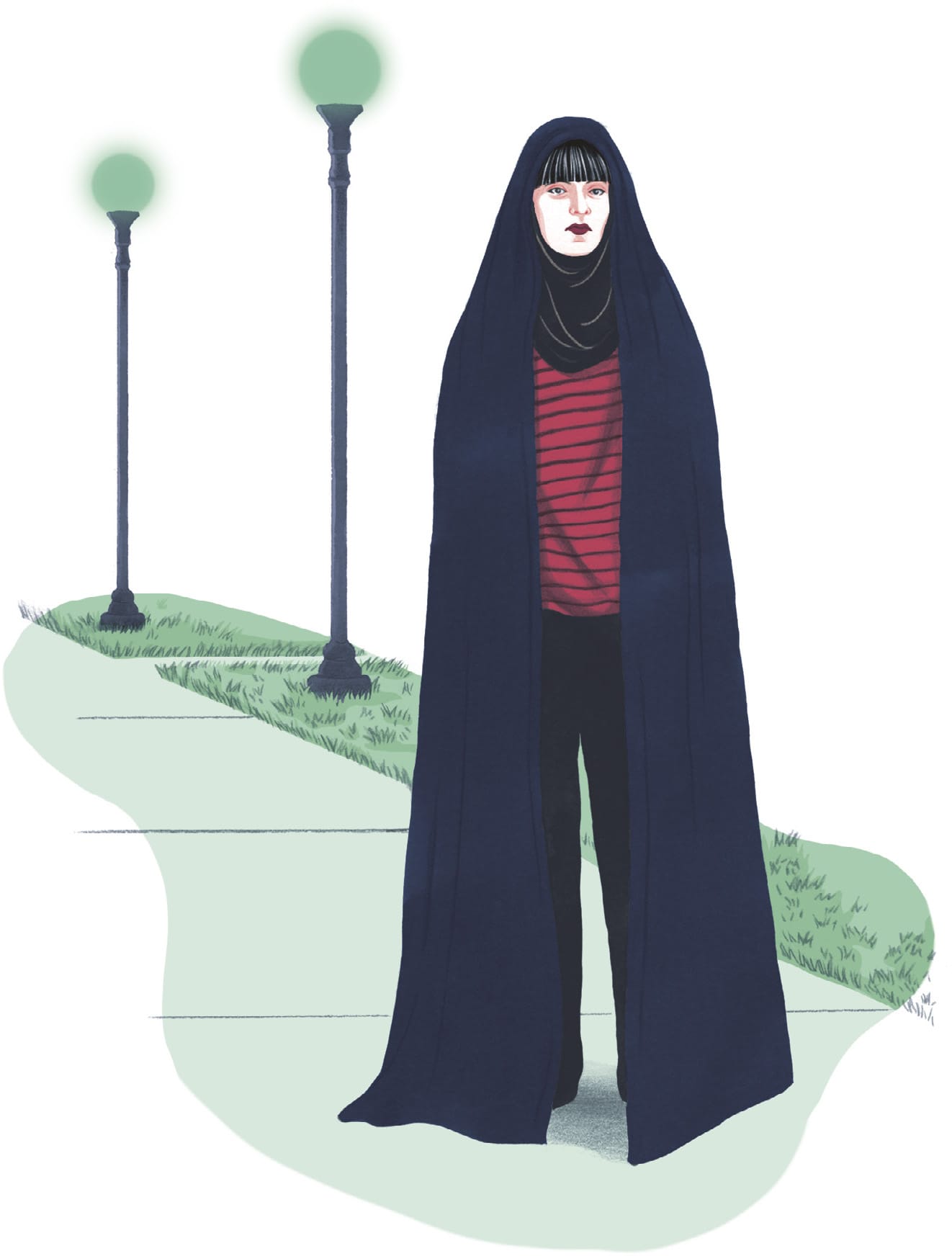ANA LILY AMIRPOUR (1976)
 APOCALYPTIC VISIONARY
APOCALYPTIC VISIONARY
If there was ever a guidebook to becoming a cult filmmaker, one of its principal rules should be that a cult film needs to stand apart – be truly unique. This is what writer-director Ana Lily Amirpour achieves with her debut feature, which she describes as ‘the first Iranian vampire spaghetti western’.
Born in the English coastal town of Margate, Amirpour’s family moved to the United States when she was a child. She graduated in filmmaking from UCLA, and then directed a number of shorts, most notably A Girl Walks Home Alone at Night (2011), which became her feature debut in 2014.
Key to her two features is Amirpour’s refusal to present female protagonists as hapless victims. The main characters in both her debut and her follow-up feature, The Bad Batch (2016), might not be fully in control of their situations, but they are resilient and intuitive enough to forge their own paths. As such, Amirpour turns the male-centric elements of exploitation cinema on their head.
Amirpour’s cult appeal is underpinned by her association with Vice Films, which released both of her features, adding ‘coolness’ to her profile. To watch her debut is to see elements of the vampire and spaghetti western genres fused with the indie look of early Jim Jarmusch. It also echoes the emotionally glacial allure of other US indie filmmakers of the 1990s, such as Michael Almereyda and Hal Hartley: two directors who made the most of Elina Löwensohn, whose ethereal screen presence in their films is echoed by Sheila Vand as Amirpour’s eponymous anti-heroine. By contrast, The Bad Batch plays out like a story unfolding in the same universe as Max Rockatansky, albeit minus the testosterone-fuelled vehicular carnage.
Music can often be the making of a cult film, and for both of her features Amirpour created a blend of the unknown and familiar. If Kiosk, Radio Tehran, Farah, and Free Electric Band are some of the lesser-known artists on the soundtrack for A Girl, The Bad Batch finds songs by Pantha du Prince and Die Antwoord alongside those by Darkside, Ace of Base and Culture Club. The music adds texture to Amirpour’s imagery, which mostly exists without dialogue. The lack of substance has drawn criticism, but Amirpour’s post-apocalyptic visions evince a command of genre elements that plays with conventions and challenges gender roles in exploitation cinema.
